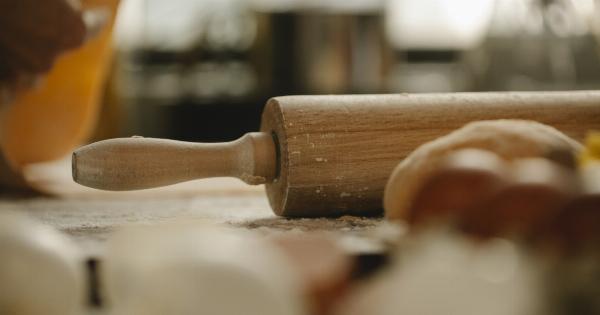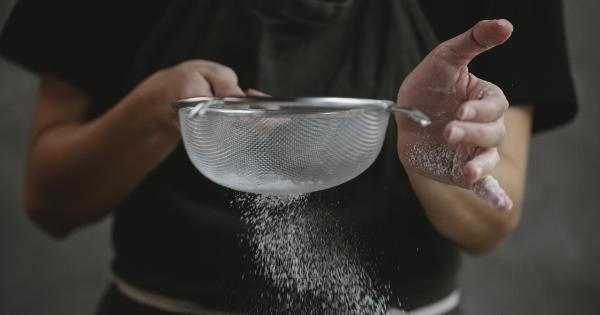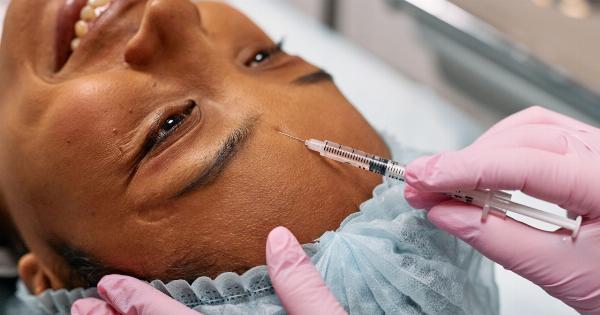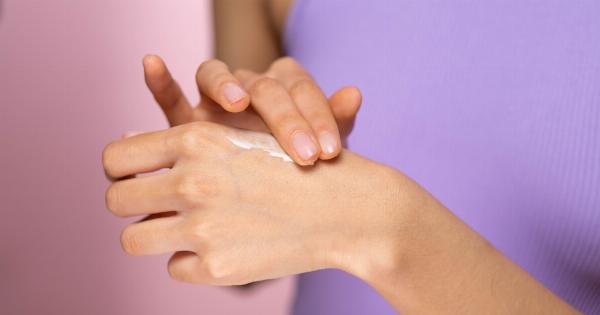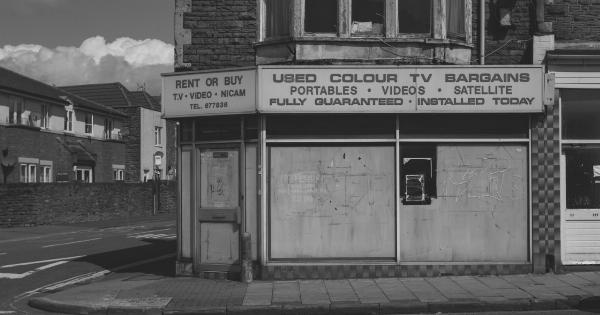Makeup is an essential part of many people’s daily routine, but it can be challenging for those with sensitive skin or allergies to find products that are not irritating. This is where homemade makeup comes in handy.
Making your cosmetics at home can be both safe and fun, as you choose the ingredients that go into it and tailor it to suit your skin type and preferences. In this article, we will explore how making your makeup at home can be a great solution for those with allergies.
The Benefits of Homemade Makeup
Homemade makeup has several advantages, especially for people with allergies. Here are some of the reasons to consider making your cosmetics at home:.
Control Over Ingredients
When you make your makeup at home, you have complete control over the ingredients you use. This means you can avoid irritating or allergenic components that are commonly found in commercial makeup, such as fragrances, preservatives, and parabens.
You can also choose organic, natural ingredients that are gentler on the skin and may be less likely to cause an allergic reaction.
Customization
Another benefit of making your makeup at home is that you can customize it to suit your skin type and tone.
This is especially useful for people with allergies or sensitive skin who may require different formulas or shades than what is available in stores. You can experiment with different recipes until you find a combination that works for you.
Economical
Homemade makeup is often much cheaper than commercial products, especially when you consider that you can make multiple batches from the same ingredients. This also means you can experiment more and try different recipes without breaking the bank.
Sustainability
Making your makeup at home is also more sustainable than buying commercial products. You can use reusable containers and packaging, and you can avoid contributing to the waste caused by cosmetic packaging and transportation.
How to Make Homemade Makeup
There are many recipes and tutorials available online for making homemade makeup. Here are some general guidelines:.
Foundation
Foundation is the base of any makeup routine, and making your foundation at home is easier than you might think.
You can use a combination of natural ingredients such as arrowroot powder, cocoa powder, and zinc oxide powder to create a custom shade and texture. Mix the powders together until you achieve your desired color and consistency. Add a few drops of jojoba oil or another carrier oil to make the foundation spreadable and moisturizing.
Blush
Blush can be made using a combination of beetroot powder and arrowroot powder. Mix the two powders until you achieve your desired shade, and add a few drops of jojoba oil or another carrier oil to make the blush spreadable.
You can also add a drop of essential oil such as lavender or rose for fragrance.
Lipstick
Making lipstick at home is a fun and creative process. You can use a combination of various oils such as coconut oil, beeswax, and shea butter to create a base.
Then, add natural colorants such as beetroot or raspberry powder and essential oils for fragrance. Melt the ingredients together in a double boiler, and pour the mixture into a lipstick tube or container. Allow it to cool and solidify before using.
Eyeshadow
Eyeshadow can be made using a combination of natural micas and powders such as cocoa powder, arrowroot powder, and magnesium stearate.
Mix the ingredients until you achieve your desired shade and consistency, and add a drop of jojoba oil or another carrier oil to make it spreadable. You can also add a drop of essential oil for fragrance.
Conclusion
Making your makeup at home can be a great solution for people with allergies or sensitive skin. With homemade cosmetics, you can control the ingredients, customize the shades and textures, save money, and contribute to sustainability efforts.
There are many recipes and tutorials available online, and with a bit of creativity and experimentation, you can create a makeup routine that is safe, effective, and fun.





